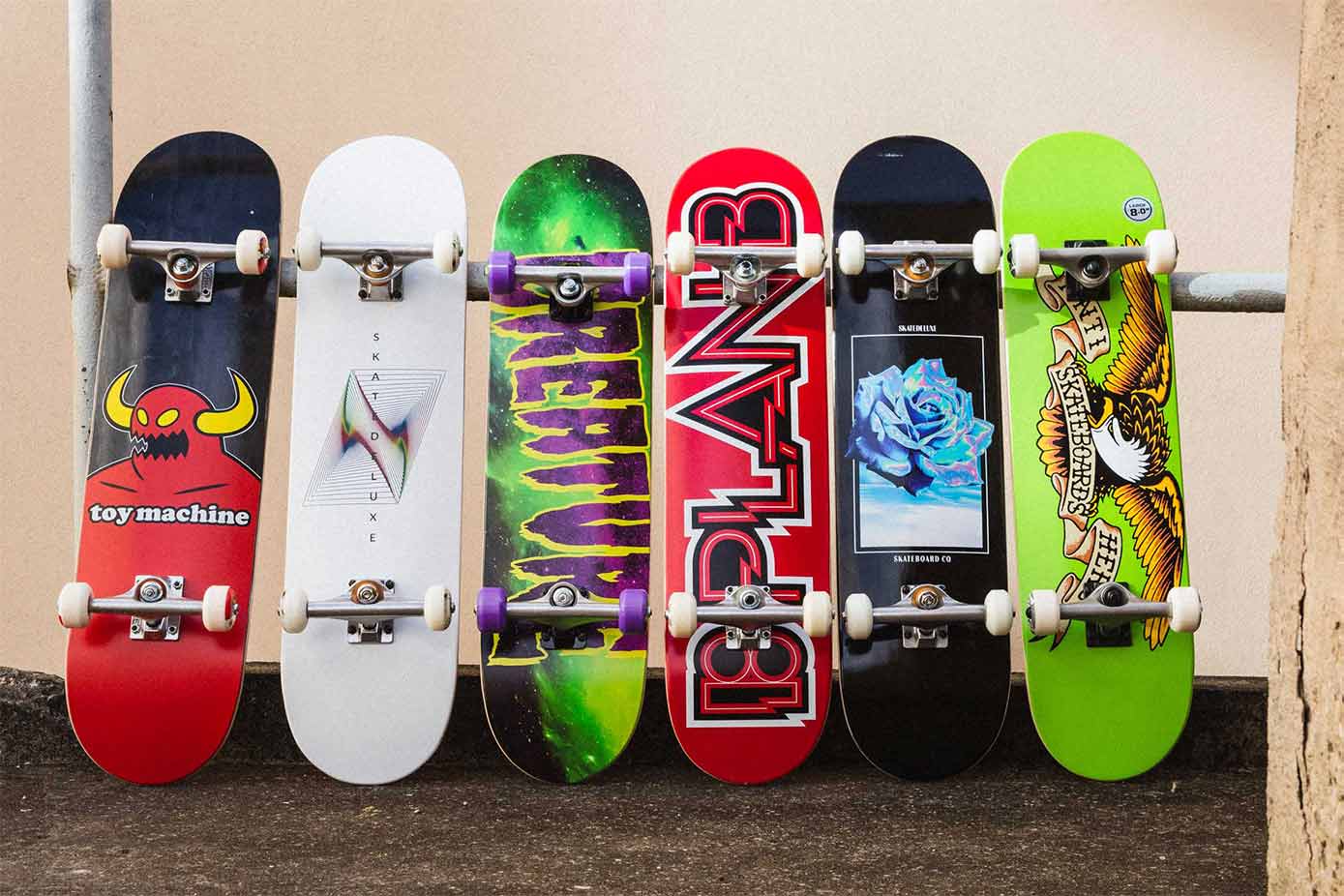Skateboarding, with its heart-pounding tricks and fearless riders, has always carried an aura of living on the edge. For some, it’s a thrilling adventure that pushes the boundaries of what’s possible on four wheels, while for others, it’s seen as an invitation to disaster. In this article, we will unveil the truth about skateboarding – the risks it presents, the exhilaration it offers, and how riders can balance living on the edge with ensuring their safety.
The Allure of Skateboarding
Before we delve into the risks and rewards, let’s first explore what makes skateboarding so enticing:
1. Thrill and Excitement
At its core, skateboarding is a high-octane sport that promises an adrenaline rush like no other. The feeling of mastering gravity-defying tricks and the sheer excitement of a successful jump are what draw many to the sport.
2. Freedom and Creativity
Skateboarding offers a unique canvas for self-expression. Riders personalize their boards with artistic designs and showcase their individual style through their tricks and maneuvers.
3. Camaraderie and Community
Skateboarding is not just about the sport; it’s also about the community it fosters. Skateparks and local scenes become hubs where riders from diverse backgrounds come together, offering support and camaraderie.
Now, let’s dive into the reality of skateboarding:
Skateboarding: Living on the Edge
1. Falls and Injuries
One of the most evident risks in skateboarding is the potential for falls and injuries. Riders, particularly novices, are susceptible to accidents resulting in sprains, fractures, or abrasions.
Tip: Protective gear, including a certified skateboard helmet, knee pads, elbow pads, and wrist guards, is a must to mitigate the risk of injury.
2. Head Injuries
Head injuries, including concussions, are a significant concern in skateboarding. Falling and striking the head on hard surfaces can lead to severe and even life-altering injuries.
Tip: Never skate without wearing a helmet specifically designed for skateboarding to protect your head.
3. Street Hazards
Skateboarders often share public spaces with vehicles and pedestrians, increasing the risk of accidents and collisions.
Tip: Whenever possible, stick to designated skateboarding areas or skateparks. When riding on streets, obey traffic rules and remain vigilant.
4. Ambitious Stunts
The desire to push the limits and attempt daring stunts can lead to accidents, especially if riders lack the necessary skills or safety precautions.
Tip: Progress gradually in your skill level. Master the basics before attempting advanced tricks, and always prioritize safety over spectacle.
5. Equipment Failures
Neglecting to maintain your skateboard can result in equipment failures, such as loose bolts, worn-out wheels, or cracked decks, which can lead to accidents.
Tip: Regularly inspect your skateboard for signs of wear and tear. Replace or repair damaged components promptly to ensure your board is safe to ride.
Balancing Thrills with Safety
Living on the edge in skateboarding doesn’t have to mean courting disaster. Here’s how riders can balance the thrill with safety:
1. Invest in Protective Gear
Protective gear is your first line of defense. Invest in high-quality protective equipment, including a certified skateboard helmet, knee pads, elbow pads, and wrist guards. Always wear them while skateboarding.
2. Master Proper Techniques
Mastering fundamental skateboarding techniques is crucial. Take the time to build a strong foundation of skills before attempting advanced tricks. Seeking guidance from experienced riders or professional lessons can be immensely helpful.
3. Choose Safe Locations
Opt for skateboarding in designated skateparks or areas designed for the sport. These areas are engineered with safety in mind and minimize the risk of accidents.
4. Maintain Your Equipment
Regularly inspect your skateboard for wear and tear. Replace or repair damaged components promptly to ensure your board is in optimal condition. A well-maintained board is safer to ride.
5. Know Your Limits
Recognize your skill level and respect your limits. Avoid attempting stunts that are beyond your current capabilities. As you gain experience, you can gradually push your boundaries while staying safe.
In conclusion, skateboarding can be a thrilling adventure that pushes the limits of human skill and creativity. However, it also comes with inherent risks that should not be underestimated. Riders can enjoy the exhilaration of skateboarding while minimizing the dangers by investing in protective gear, mastering proper techniques, choosing safe locations, maintaining their equipment, and respecting their limits. Living on the edge in skateboarding can be a fulfilling experience as long as it’s done with safety as a top priority.




